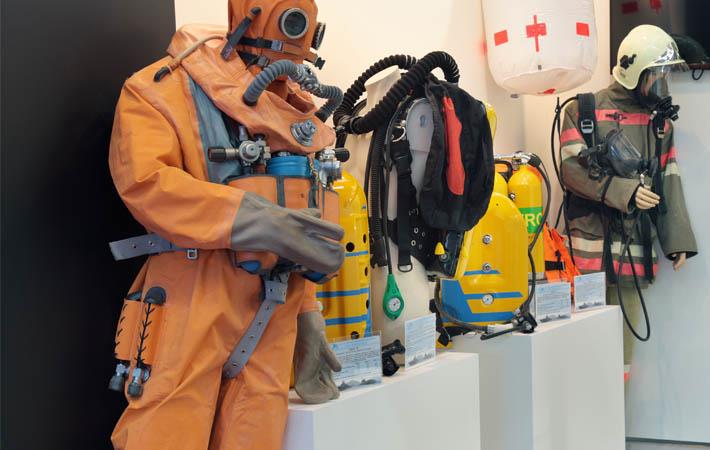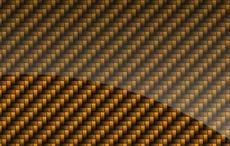The International Safety Equipment Association (ISEA) has prepared standards for secondary single-use flame-resistant protective clothing. The new American National Standard for Secondary Single-Use Flame-Resistant Protective Clothing for Use over Primary Flame-Resistant Protective Clothing has been approved by American National Standards Institute (ANSI).
This standard, ANSI/ISEA 203-2018, was prepared by members of ISEA’s Protective Clothing group and was approved by a consensus review panel of health and safety experts, oil and gas and other industry user groups, and test labs.The International Safety Equipment Association (ISEA) has prepared standards for secondary single-use flame-resistant protective clothing. The new American National Standard for Secondary Single-Use Flame-Resistant Protective Clothing for Use over Primary Flame-Resistant Protective Clothing has been approved by American National Standards Institute (ANSI).#
Apparel covered by the standard is intended for single-use wear in occupational environments where flame hazards exist and where the worker may also be exposed to workplace contaminants, such as grease, oil or welding spatter, that can become attached to primary flame-resistant garments worn underneath, potentially affecting the performance of those critically important items. Secondary FR garments are routinely used in hazmat remediation, pharmaceutical and laboratory operations, and petrochemical processing facilities.
“ISEA recognised the myriad of standards addressing primary FR garments worn to protect workers from flame exposures. What had been missing was a standard for overgarments that can be used as part of a protective ensemble in multi-hazard working environments,” stated Brian Lyons, vice president of International Enviroguard and chairman of ISEA’s Protective Apparel Group.
“ANSI/ISEA 203 benefits employees and employers. Workers can be assured that the secondary item does not impact the thermal performance of the primary clothing being worn to protect against possible flame hazards,” said Lyons. “Primary FR clothing is a much-needed, yet often pricey PPE item. There can be a realised cost savings by providing a barrier garment that can minimise contamination of the primary item and reduce item replacement costs.”
The standard defines testing and performance requirements, with product evaluation conducted for flame resistance and flash fire exposure. Specific labeling and documentation requirements, including the development of supplier’s declaration of conformity, are also covered. (SV)
Fibre2Fashion News Desk – India


